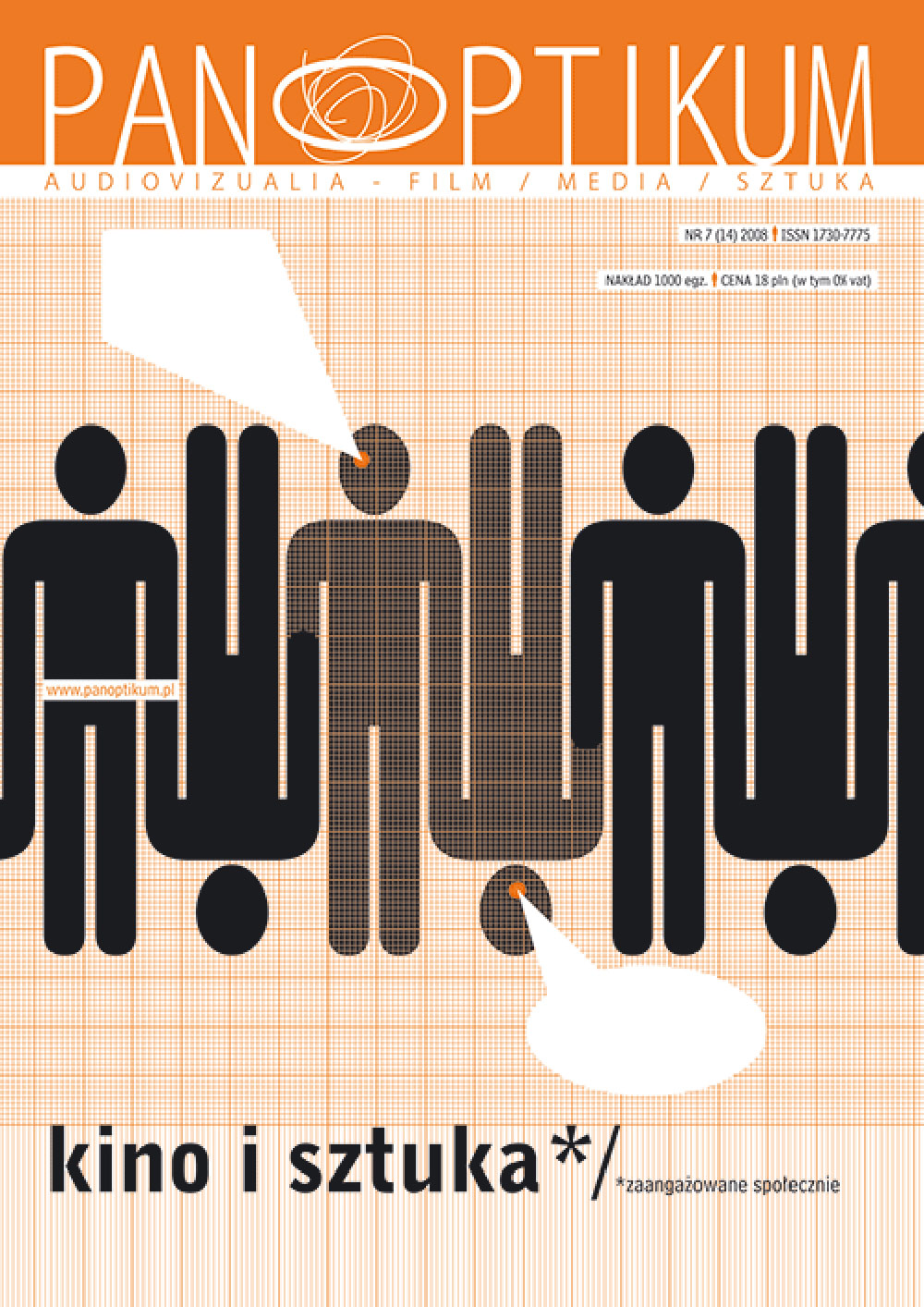Kamera i wideo jako narzędzia politycznego dyskursu w tańcu współczesnym
Abstrakt
The paper introduces the question of video and camera application to the political discourse of contemporary dance. The first reflection regards the general topic of the political potential of contemporary dance and the relation between the type of political regime and status of the dance as art (with an accent on the case of the German Ausdrucktanz). Afterwards, the American postmodernist choreographers’s works are recalled as an example of the pioneer employment of the camera in the political discourse of dance. In that context Merce Cunningham’s ideas of fortuity and democratization of the theatrical representative space by using both computer and camera, emerge.
The second part of this paper is the study of recent performances of Anna Teresa de Keersmeaker (Once, 2002) and Robyn Orlin ( L’Allegro, il Penseroso ed il Moderato, 2007). De Keersemeaker is a Belgian choreographer, pedagogue of Rosas Company and the founder of P.A.R.T.S. – the school of contemporary dance in Brussels. In Once, her last solo performance, she examines the possibility of the protest in our contemporary society by recalling the political and social atmosphere of sixties in United States. She uses for that a kind of memory games with Joan Baez’s and Bob Dylan’s songs as well as with the D.W. Griffith’s film The birth of the nation which is considered to be an affirmation of the Ku-Klux-Klan racists practices and ideas. The South-African artist with a very multicultural background, Robyn Orlin, is known as one of the most political contemporary choreographers. In her productions she dares to touch such a fragile question as AIDS, post-colonialism or African poverty. Very often she uses the cameras as stage objects. L’Allegro... to Handel’s music is her last performance ordered by Opera Garnier Paris. This performance mixes the various genres, such as dance, opera, music and video. Simultaneously with a scenic action the film made especially for this performance is projected on the enormous screen up over the stage. The images were taken in the different regions of South Africa and the videofilm is inter-acting with dancers’s bodies performing on the stage owing to bring into play the small cameras capturing directly the dancing bodies. Similarly to many of her performances, Orlin introduces here an ironic meta-reflection on the classical ballet as one of the symbols of colonialism. In the context of eurocentrism and post-colonialism, the example of Le Sacre du Printemps (2004) of Company Heddy Maalem is introduced, and next the videoproduction of Katarzyna Kozyra deriving from the same source of inspiration and treating the question of the author’s power on the performer’s body. The aim of this modest panorama, accented in conclusion, is to bring to light the idea of dance as political by nature.

 Uniwersyteckie Czasopisma Naukowe
Uniwersyteckie Czasopisma Naukowe





